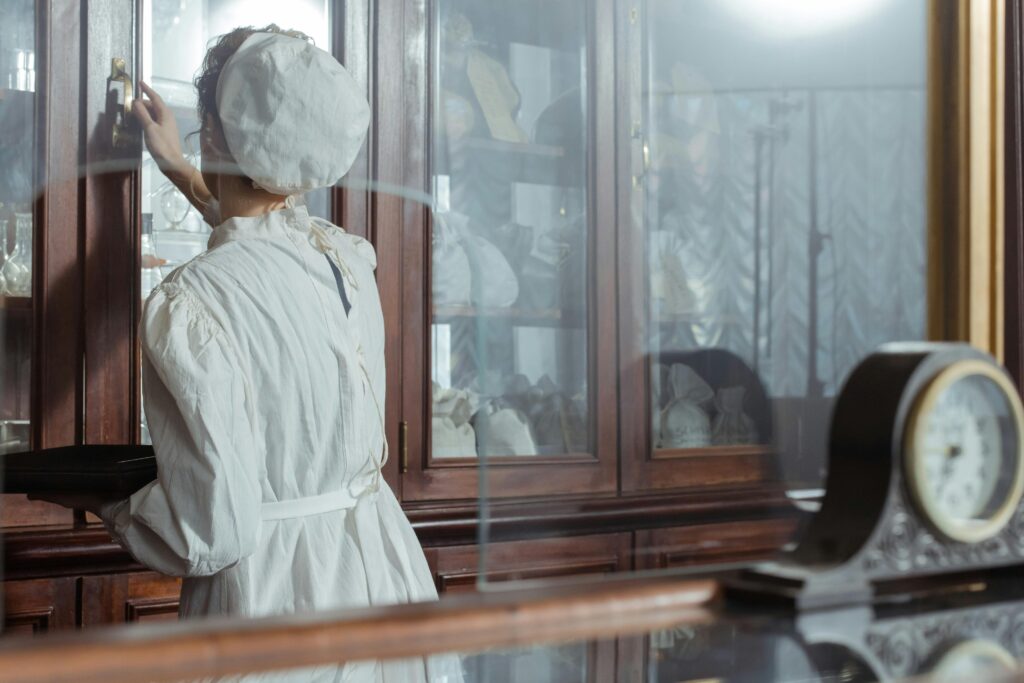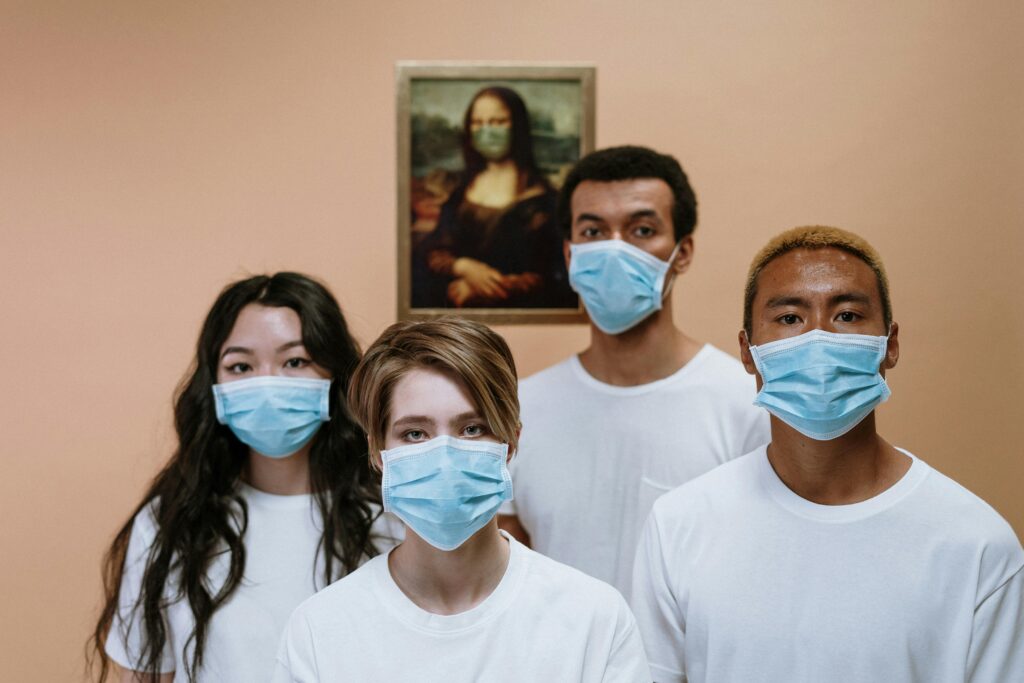The National Museum of Health and Medicine (NMHM) is a special museum committed to collecting and exhibiting the impressive history of medical science in America. Situated in Silver Spring, Maryland, the museum presents visitors with a truly fascinating view of how healthcare, medical technology, and innovations have contributed to contemporary medicine. Whether you’re a history enthusiast, a medical professional, or simply curious about how medicine has progressed over the centuries, the NMHM provides a rich educational experience that connects the past with today’s medical advancements.
Origins and Purpose of the Museum
The National Museum of Health and Medicine was established during the American Civil War, in 1862, as the Army Medical Museum. It had its initial role as a collector and researcher of specimens pertaining to military medicine with the aim of enhancing treatment for injured soldiers. The role of the museum, over the years, grew beyond military medicine to encompass wider medical research and education.
Today, NMHM is under the Defense Health Agency and is a national repository for anatomical specimens, medical artifacts, and historical medical equipment. Its work is not merely to conserve these items but to inform the public about medical science and history and promote better understanding of health and medicine’s place in society.
The Museum’s Location and Facilities
The NMHM is now located in a state-of-the-art building in Silver Spring, Maryland, just outside Washington, D.C. The position of the museum is such that it can easily be reached by visitors from the capital area and beyond. Within, the museum has well-designed exhibits, interactive displays, and research facilities.
Guests can tour permanent exhibitions that focus on significant points in medical history, ranging from medicine on the battlefield to innovative surgical practices. Besides permanent displays, the museum features recurring temporary exhibitions, lectures, and educational events that address specialized issues in health and medicine.
Major Exhibitions and Collections
The National Museum of Health and Medicine has a vast collection of artifacts that reflect the history of the development of medical science. Among the most significant exhibits in the museum are:
1. Civil War Medicine
As the museum’s origins date back to the Civil War, much of it is devoted to medicine during that period. One can observe surgical tools, photographs, and medical records from the 1860s. The collection shows how injury was treated on the battlefield and military surgeons struggled. This display is a moving look at the origins of trauma medicine and the inventions created by war necessity.
2. Anatomical Collections
One of the museum’s standout features is its extensive collection of anatomical specimens, including organs, bones, and tissue samples preserved in formalin. These were traditionally used for research and medical education. For instance, they can see specimens illustrating the result of diseases or trauma and used to explain medical conditions in a concrete and visual manner.
3. Medical Instruments and Technology
The NMHM showcases the development of medical tools over time, from early scalpels to modern surgical robots. This exhibit traces the journey of medical technology and demonstrates how advancements have improved patient outcomes and treatment precision.
4. Neurology and Brain Injury
Emphasizing advancement in the comprehension of the brain, the museum features displays committed to neurological disorders and brain trauma. These exhibits focus on research developments, such as research into traumatic brain injury (TBI), a concern of particular importance for military troops and veterans.
5. Forensic Medicine
The museum also ventures into forensic science and pathology, showcasing equipment and evidence used to unravel causes of death and injury. This section provides a fascinating glimpse of how medical know-how assists in aiding police and justice systems.
Educational Programs and Outreach
National Museum of Health and Medicine is more than a site for passive observation. It is actively engaging the public with educational programs, workshops, and lectures for students, medical practitioners, and ordinary visitors. These programs include a broad subject matter that ranges from the history of surgery, advances in medical imaging, to issues in public health.
The museum also works with schools and universities to offer resources for the teaching of medical history and science. In so doing, it makes the younger generations aware of the significance of medical research and healthcare.
The Museum’s Role in Research and Preservation
In addition to being a public museum, NMHM also performs the important function of preserving medical specimens and artifacts for research purposes. The museum has a vast collection of anatomical collections, some dating as far back as the 19th century. These collections are priceless to medical historians, researchers, and forensic experts.
The curators and staff of the museum work to ensure these materials are effectively conserved, cataloged, and made accessible for study. This commitment ensures a connection between past medical knowledge and current scientific discovery.
Visiting the National Museum of Health and Medicine
If you are going to visit the National Museum of Health and Medicine, here’s what you can expect:
-
Accessibility: The museum is wheelchair accessible and provides resources for visitors with disabilities.
-
Admission: Admission is free, ensuring it is an open educational site to everyone.
-
Guided Tours: Guided tours are available at the museum for more in-depth description of exhibits by knowledgeable staff.
-
Hours: Tuesdays to Saturdays, with visiting hours listed on their website for updates or special occasions.
Visitors are advised to spend a minimum of two hours to have a comprehensive understanding of the museum, as there is much to be discovered and learned.
Why the National Museum of Health and Medicine Matters Today
In times of accelerating medical progress, the NMHM offers a timely reminder of where modern medicine started and how far it has progressed. Through preserving past artifacts and recounting tales of medical achievements, the museum promotes a deeper appreciation for the scientific and human endeavor of healthcare.
Knowledge of medical history serves to put present challenges in medicine into context, including disease epidemics, surgical advancements, and public health policy. The exhibits within the museum illustrate the significance of ongoing research and education to better health outcomes globally.
How the Museum Remembers Medical Physicians
Yet another important feature of the NMHM is its mission to commemorate the lives that have been devoted to medical practice. From the surgeons who operated on battlefields during the Civil War to today’s health professionals, the museum celebrates the bravery, expertise, and commitment it takes to be a medical practitioner.
Special exhibitions tend to highlight tales of heroism, medical ethics, and lifesaving advances. Such tales are inspirational and an honor to the people who have contributed to the history of medicine.
The Future of the National Museum of Health and Medicine
The NMHM also continues to develop with advancements in technology and growing collections. Future plans involve adding more digital interactive displays, virtual reality presentations, and web-based resources to the museum so that it can be accessed by more people outside of the physical museum itself.
By mixing traditional exhibits with cutting-edge learning tools, the museum hopes to stay a vital and stimulating place that encourages curiosity and education about medicine and health.
Conclusion
The National Museum of Health and Medicine is an engaging museum that provides much more than mere artifacts. It is a dynamic learning center that spans history and science, respecting the past while stimulating future developments in medicine. No matter your interest in the history of battlefield medicine, developments in surgical instruments, or the personal stories behind medical breakthroughs, the NMHM offers an engaging experience that deepens your knowledge of healthcare.
Visiting the museum or exploring its resources online can deepen your appreciation for the challenges and triumphs in the medical field, reminding us all of the continuous journey toward better health and healing.


